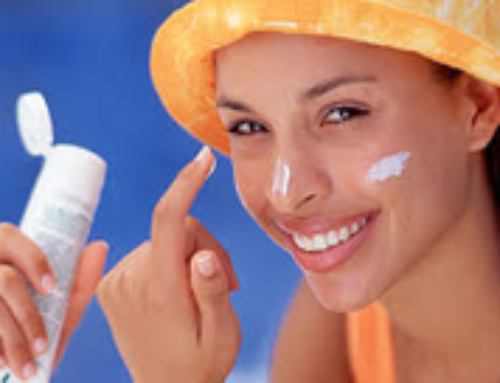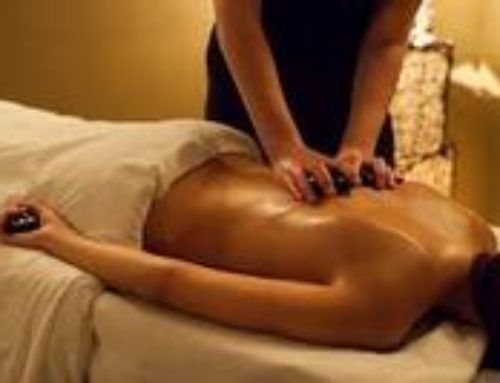The use of soft tissue fillers and neurotoxins continues to soar in popularity, and facial plastic surgeons are leading the charge when it comes to layering these injectables to achieve the best possible results. In 2013, Botox reigned supreme as the most commonly performed non-surgical procedure among women, followed by hyaluronic acid (HA) injections, according to the annual survey of the American Academy of Facial Plastic and Reconstructive Surgery. Botox and HA-based fillers also topped the list of the most popular procedures for men. “Advanced techniques with fillers and toxins provide patients with a short term alternative to cosmetic surgery, as well as an ideal way to enhance the results of surgical procedures such as facelifts,” said Edward Farrior, M.D., F.A.C.S., AAFPRS president. “Facial plastic surgeons are using combinations of fillers to safely treat lines and wrinkles, but also to plump and define lips, fill hollow areas on the face and lower eyelids, and lift the cheek area. The results can be subtle or dramatic, depending on the patient’s goals and the fillers used, and can last from six months to several years.”
In addition to the spectrum of products available—including Restylane, Perlane, Sculptra Aesthetics, Radiesse, Juvederm, and ArteFill—fat grafting is holding its own as the volumizer of choice for many facial plastic surgeons. The filler pipeline is also robust with several new injectables. Among those expected to receive approval from the Food and Drug Administration (FDA) in the not-too-distant future are two more HA gel fillers; Emervel from Galderma and Teosyal from Teoxane Laboratories. On the toxin side, Revance Therapeutics is on the road to developing the first non-injectable botulinum toxin.
In 2013, we saw two blockbusters earn FDA clearance. The approval of Merz Aesthetics’ Belotero Balance offered facial plastic surgeons a safe and effective choice for filling in fine lines and areas around the mouth and eyes. Allergan’s Juvederm Voluma ushered in a new era in the filler revolution as the first designer or site-specific filler to hit the US. It volumizes (as the name suggests) the mid face or cheek region. Other designer fillers, some already available in Europe, may also make their way to the US.
The most recent filler to receive the FDA’s nod in 2014 is Restylane Silk, which is a crystal clear injectable gel composed of hyaluronic acid and free from animal protein, for lip plumping and filling lip lines. Allergy pretesting is not necessary, and it includes lidocaine to minimize the sting from lip injections. “The two most popular areas for fillers requested by patients are undoubtedly the nasolabial folds or nose to mouth creases, and the lips. As we age, the lips thin out and the border of the lips tends to flatten and lose their attractive contour. By adding a subtle amount of hyaluronic acid or other substance, we can restore definition and a youthful appearance around the mouth and the lips,” said Edwin Williams, M.D., F.A.C.S., group vice president for public and regulatory affairs for the AAFPRS.




